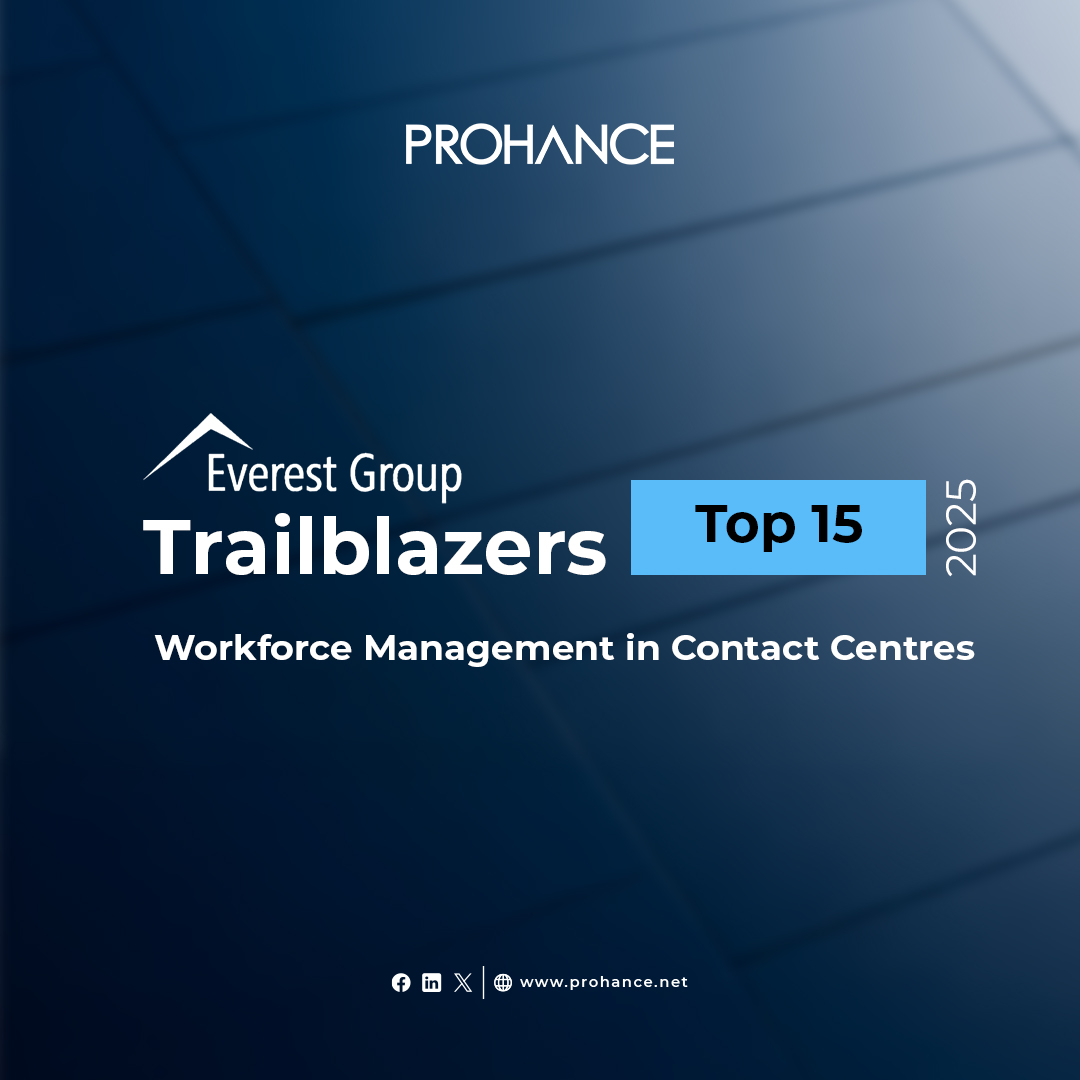How to Craft an Effective Work Breakdown Structure Step-by-Step
Table of Contents
Have you ever been daunted by the challenge of tackling a single project? You’re definitely not alone. Challenges arise for project managers when vague timelines, undefined milestones and overwhelmed communication are included in an otherwise simple plan. This is where Work Breakdown Structure (WBS) comes in.
Teams nowadays, especially with the help of WBS software, have better visibility on how projects are carved up into individual tasks, who is assigned, and what must be done in order to make progress.
In this work breakdown structure guide, we will walk through step-by-step how to make work breakdown structure, checklists, samples and best practices so that if we ever do a project again, it will be executed with love and precision.
What is a Work Breakdown Structure?
Work breakdown structure (WBS) represents the structured breakdown of a project into smaller fragments either visually or textually. It can be better understood using a map analogy.
Starting from a final deliverable, it gets fragmented into phases, tasks, and subtasks, identifying all kinds of work needed to achieve a deliverable or milestone.
Key Elements of a WBS:
- Hierarchical Structure: Tasks are organized in parent-child relationships, creating a visual tree of dependencies.
- Deliverables Over Tasks: A WBS focuses on what needs to be achieved (e.g., “Design Website Homepage”) rather than how to do it.
- 100% Rule: The WBS should account for 100% of the project scope—no more, no less.
The purpose of a work breakdown structure is to eliminate ambiguity, align stakeholders, and create a shared understanding of project goals. It’s not a to-do list but a blueprint for success.
Role of AI in Project Management & Work Breakdown Structure
- In PMI’s “Shaping the Future of Project Management With AI” report, 82% of senior executives anticipate artificial intelligence (AI) will change how projects and WBS are conducted in their firms within the next five years.
- From the 2023 PMI Annual Global Survey, 21% of respondents claimed they integrate AI tools into their project management practices frequently.
- In another PMI survey, 91% believed AI will have some influence on project management, and 81% plan to invest in training for it.
Benefits of Using a Work Breakdown Structure
- Clarity in Scope: Avoid “scope creep” by defining boundaries early.
- Accurate Estimations: Break down tasks to estimate time, costs, and resources realistically.
- Improved Communication: Teams see how their work fits into the bigger picture.
- Accountability: Assign owners to each deliverable to track progress effectively.
Step-by-Step Guide: How to Create a Work Breakdown Structure
Define the Project Scope
Understand project objectives and deliverables. Document everything in a scope statement to serve as your North Star.
Identify Major Deliverables or Phases
Divide the project into 3–5 high-level phases. For example, a house project might include:
- Design
- Foundation
- Construction
- Interior
Decompose Deliverables into Smaller Tasks
Break phases into sub-deliverables. For “Design,” this could be Floor Plans, Electrical Layouts, etc.
Assign Identification Codes (WBS Codes)
Label each task with a unique code (e.g., 1.1, 1.2.3) for easy tracking and referencing.
Review and Validate with Stakeholders
Present the WBS to ensure alignment and adjust as needed based on feedback.
Visualize the WBS
Use tools like ProHance or Lucidchart to diagram your WBS visually.
Work Breakdown Structure Example
Level 1: Project
- 1.0 Website Launch
Level 2: Major Deliverables
- 1.1 Planning & Research
- 1.2 Design
- 1.3 Development
- 1.4 Testing
- 1.5 Deployment
Level 3: Subtasks (Under 1.2 Design)
- 1.2.1 Create Wireframes
- 1.2.2 Design UI/UX
- 1.2.3 Finalize Brand Assets
Visual WBS charts resemble organizational trees that go deeper into specifics.
Work Breakdown Structure Best Practices
- Focus on Deliverables: Avoid vague tasks like “Coordinate Team.” Use defined outputs like “Finalize Vendor Contracts.”
- Balance Detail: Tasks should be manageable in scope.
- Team-Centric Approach: Group tasks by functional units.
- Leverage Software: Use WBS tools for better collaboration and management.
Recommended Work Breakdown Structure Software
ProHance’s Workflow Management Module includes:
Smart Job Prioritization
Rank tasks by sensitivity, business value, or custom labels to align effort with importance.
Real-Time Task Tracking
Track bottlenecks, turnaround times, and task rates in real-time via dashboards.
Advanced Allocation Algorithms
Automatically assign tasks based on availability, skills, and urgency.
Actionable Reporting Engine
ProHance’s reporting highlights trends like recurring delays and underutilization.
Service Level Adherence & Quality Control
Monitor SLAs and AHT while ensuring quality standards, such as multiple QA passes for deliverables.
Conclusion
A Work Breakdown Structure is more than a plan—it’s a foundation for project success. Begin simple, try a WBS for your next project, and evaluate different tools to streamline execution and collaboration.
FAQs
What’s the main purpose of a WBS?
To decompose projects into manageable deliverables, ensuring clarity and alignment.
How detailed should a WBS be?
Tasks should take 1–2 days to complete. If they’re longer, break them down further.
Can you modify a WBS mid-project?
Yes! Adapt it as the scope evolves, but communicate changes to all stakeholders.






